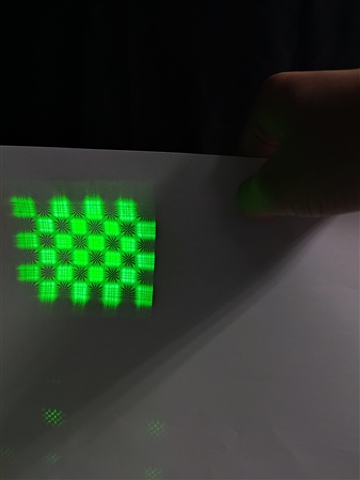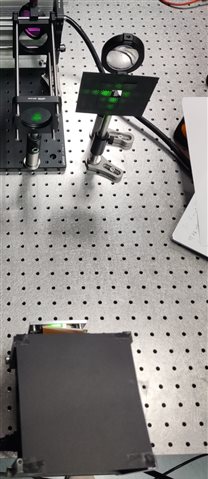Hi Experts,
Good day.
Our customer is using DLP7000, and the laser is using 532nm, and they want to do single-pixel imaging.
Now they have some problems, why does the checkerboard grid reflected from the DMD have petal-like shapes
(as shown in the following figure: the left is the reflected light spot, and the right is the light path I use for the positive incidence).
Please advise how to solve this problem.

Keep safe.
Regards,
Josel
-
Ask a related question
What is a related question?A related question is a question created from another question. When the related question is created, it will be automatically linked to the original question.

